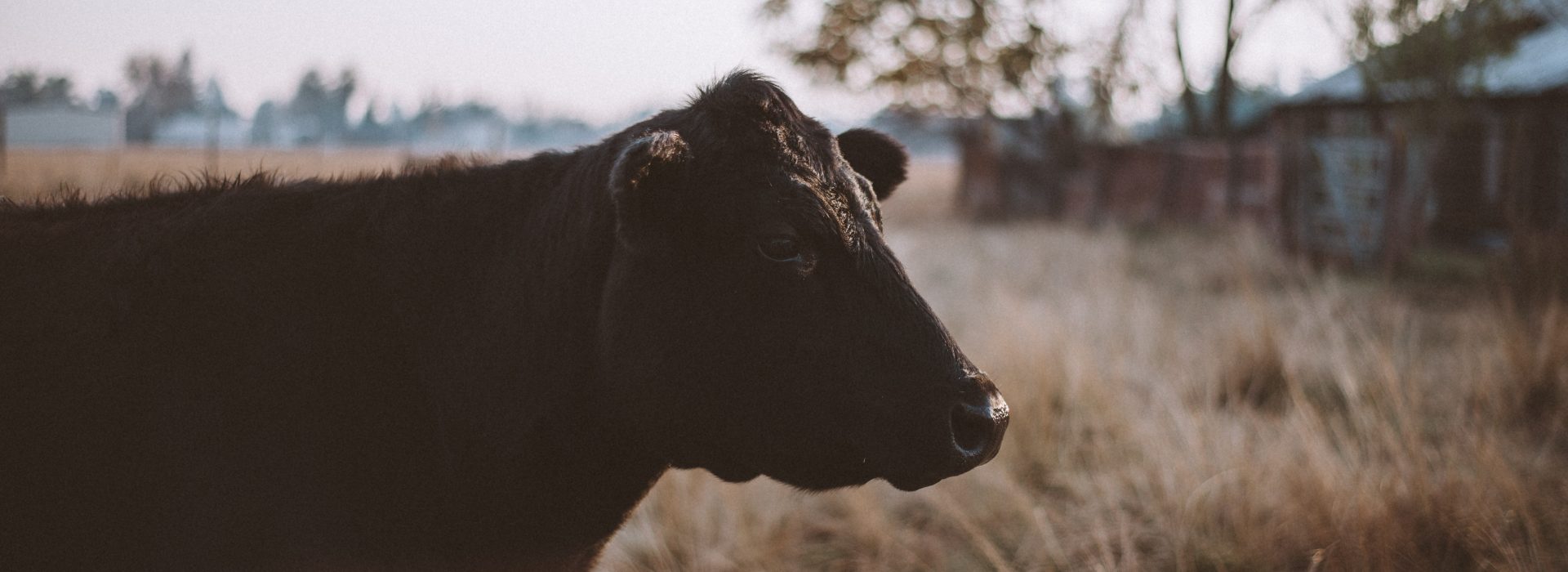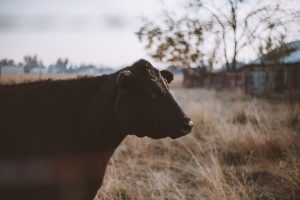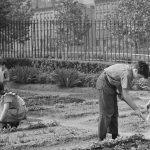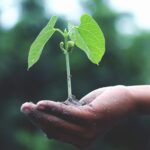The agricultural industry has been under scrutiny for its environmental impact, with commercial livestock accounting for about half of the greenhouse gases that contribute to climate change. However, a paradigm shift is emerging, offering a more sustainable and profitable alternative: Regenerative Ranching.
The Problem with Current Practices
The current cattle industry, characterized by Concentrated Animal Feeding Operations (CAFOs), is one of the most resource-intensive practices on the planet. These operations are designed to maximize efficiency and profit, often at the expense of the environment. They contribute to drought, desertification, carbon emissions, dead zones, and disease. The CAFO model is degenerative, continuously degrading the ecosystems it relies on.
A Regenerative Solution
Regenerative Ranching, pioneered by Dr. Alan Williams, offers a promising alternative. This approach mimics the natural grazing patterns of bison, using appropriately sized paddocks to graze hundreds of cattle. The cattle eat some of the grass, trample some, and fertilize the area before being moved to the next paddock. This method prevents overgrazing and promotes fertility and growth, leading to healthier ecosystems.
The Role of Soil
The key to regenerative ranching lies in the soil. Healthy soil is rich in organic matter, which is 50% carbon. By rebuilding soil, we’re actually sequestering carbon, mitigating the effects of climate change. Contrary to the belief that it takes hundreds to thousands of years to build back soil, regenerative ranching can increase soil organic matter by 0.5% to 1% annually.
Moreover, healthy soil has a higher water infiltration rate, meaning it can hold more water. This reduces water runoff and the associated loss of topsoil and nutrients, which can cause significant environmental issues downstream.
The Economic Benefits
Regenerative ranching is not only environmentally friendly but also economically viable. Without using imported water, feed, fertilizer, or pesticides, Dr. Williams has increased his production fivefold in the last three years. He can carry three and a half times more cows over the same area, leading to more net profit. This model challenges the misconception that environmental sustainability and profitability are mutually exclusive.
The Future of Agriculture
Regenerative ranching offers a sustainable solution for the future of agriculture. It has the potential to rebuild our degraded ecosystems, restore our water cycles, and bring young people back into agriculture. The cows in this model are not just livestock but tools for building healthier soil and a more sustainable future.
The challenge lies in spreading awareness about this approach. Many farmers and ranchers are not aware of the benefits of regenerative ranching, both for their own profitability and for the environment. As more people learn about and adopt this model, we can hope to see a shift towards more sustainable agricultural practices that benefit everyone.
This article has been inspired by this
short documentary by Kiss The Ground.












